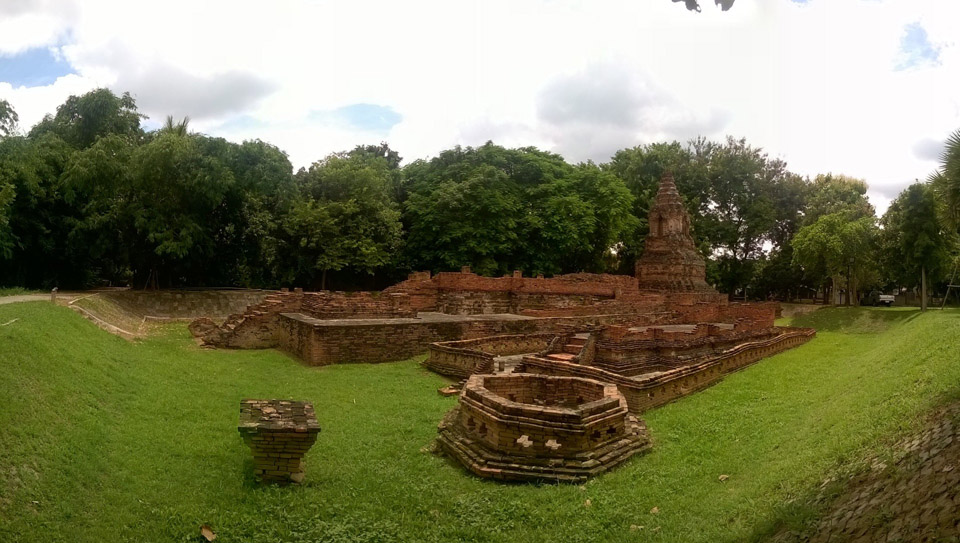Wat Pupia
- Veng KhumKam rd., Nong Hoi, Muang DistrictChiangmai 50000
- 053-140-322
-
- Every Day 08:00-18:00
- https://www.facebook.com/WiangkumkamInformationCen...
- #temple #wat #ruin #wiang kum kan #ancient remains
-
GPS : 18.7497000, 98.9976130 (Open Google Map) | Turn on your location
History
There is no historical evidence that accounts for the history of Wat Pu Pia. However, it is speculated that the temple was built during the time that Wiang Kum Kam remained the capital of Lanna (1,286-1,295 A.D.) and also during the early period before the loss of independence to the ancient Burmese Kingdom. The significance of Wat Pu Pia to Wiang Kum Kam is its components are in the almost complete condition allowing archaeologists and historians to make full use of tangible evidence and enabling visitors to enjoy the beauty of the structures.
The name ‘Pu Pia’ is expected to be derived from the name of the landowner who might own the right over the land during the resettlement after the abandonment of Wiang Kum Kam and the great flood.
Location
Wat Pu Pia is located southeast of Wat That-Khao (deserted). Most of the components were left in ruins with only their foundations surviving until today. However, the main stupa is in a near complete condition. The temple is surrounded by longan orchards privately owned by local residents. There is a small road connecting this temple to Wat E-Khang, which is located towards the east.
Temple layout
The temple faces east like other contemporary temples. The components include the main stupa, viharn (main hall) and ubosot (congregation hall). Just north of the ubosot lies the foundation of the octagonal surrounding stupa and the altar.
Architecture
The main stupa is a square-based plastered masonry construction. On each side, there is a niche with a Buddha image inside. Stucco bas-relief around the niches represented Lanna artistic decorations. Archaeological evidence suggests that the main hall underwent a great modification over time. It was built as a small hall and later extended and renovated at the front patio. The staircase is located at the front of the main hall.
REF wiangkumkam.com
